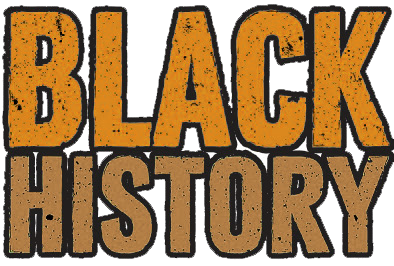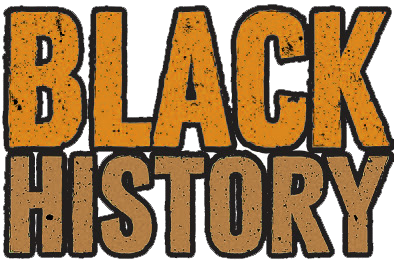The Untold Story of the All-Black Army Unit That Protected Hawaii During World War II
During World War II, the 369th Infantry Regiment stationed in Hawaii was made up entirely of Black males. Dubbed the “Harlem Hellfighters,” they were known for their toughness in battle, having never lost a man to capture while also never losing a trench or foot of ground to enemy forces.
During World War I, the 369th served under the French army where they earned the prestigious Croix de Guerre medal. While the 369th garnered considerable attention for their remarkable performance in that war, very little is known about the unit in subsequent wars.
In fact, during the World War II era, the 369th Antiaircraft Artillery Regiment was stationed on the U.S. West Coast and in Hawaii as well, supporting the U.S. armed services through defense and tactical operations in New Guinea and Southwest Asia more generally. In addition to their military performance, the Regiment earned a reputation as a group that often stood up to racist behavior from their white peers.
While stationed in Hawaii, African Americans from other units took to impersonating the 369th when out on the town, knowing they would receive more respect if associated with the Harlem Hellfighters. After the war ended, the troops did not come home together as a unit, but were sent home in small groups. Consequently, the troops were not recognized this time around for their brave efforts, as they had been after WWI.
In an attempt to recognize the efforts of the 369th during World War II, as well as highlight the growing and respected Black middle-class in Harlem, the men of the 369th created their own parade and veterans association. The parade celebrated the pride the city of Harlem felt for their African American unit that fought for their country, as well as showcasing those serving as civil servants more generally as teachers, postal workers, and police officers, to bring honor to their community.
Trending

The First Americans Were Black Indians of African Descent
November 20, 2019

Martin Luther King, Jr. Was Arrested 29 Times For These So-Called Crimes
November 03, 2019

Meet the Black Inventor Who Created the First Digital Cell Phone
November 06, 2019
Most Popular Posts:
You May Also Like:

Martin Luther King, Jr. Was Arrested 29 Times For These So-Called Crimes
November 03, 2019

The First Americans Were Black Indians of African Descent
November 20, 2019
Also Check Out:

The First Americans Were Black Indians of African Descent
November 20, 2019












